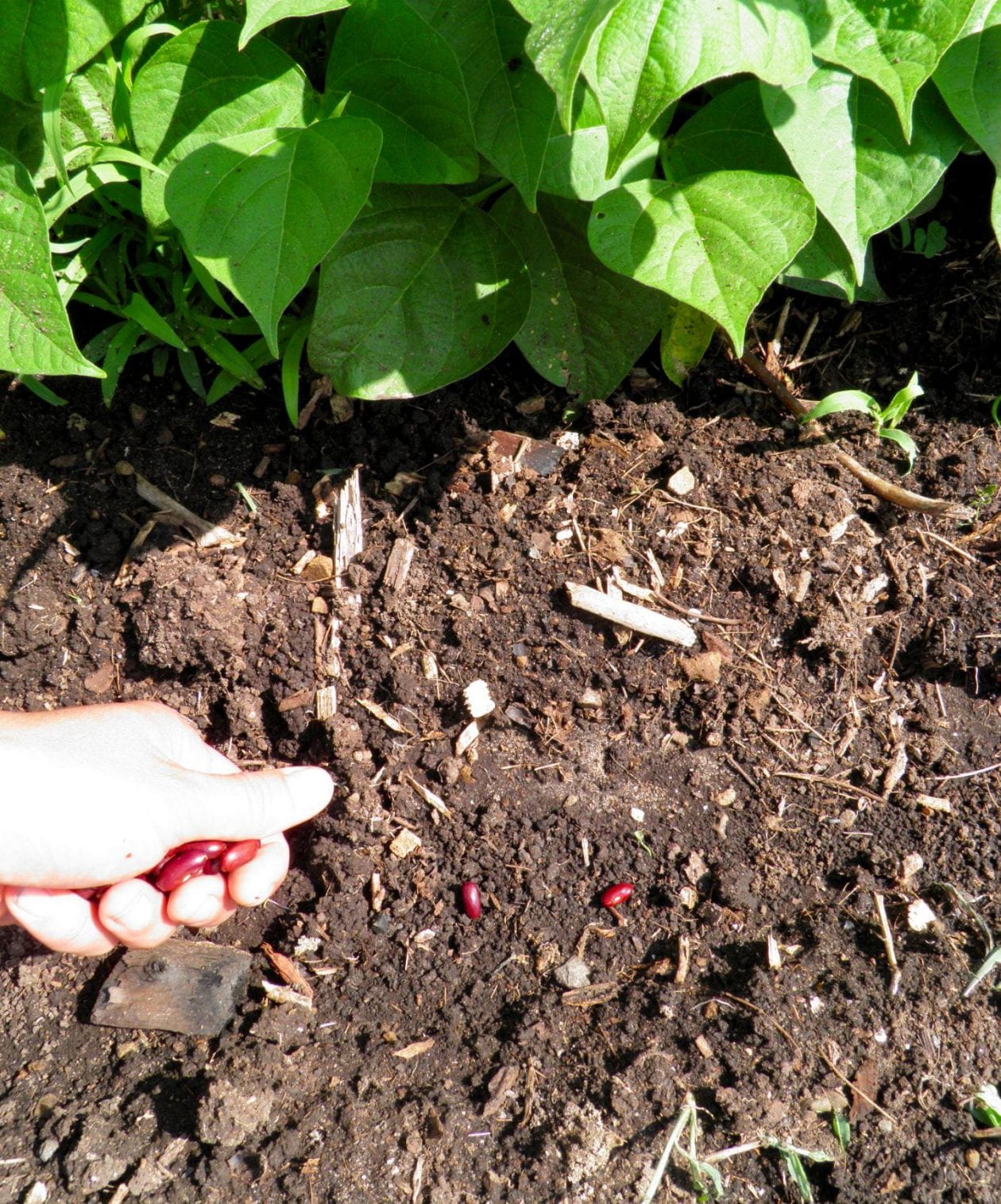By Ken Kogut, Master Gardener at St. Lawrence County Cornell Cooperative Extension
Are you a gardener who plants everything at the end of May and thinks “That’s it for planting this year”? If you do, I’m guessing you miss having nice salad greens, spinach and kale after your initial crops have become bitter and gone to flower. Succession planting is a garden practice that stretches your harvest season and maximizes your use of garden space. It’s not too late to start!
Succession planting begins with the knowledge that many common garden vegetables tolerate light frosts and can be planted in cool soils. Peas, carrots, lettuce, spinach, beets, and radishes are great candidates to start in your garden as early as April. Then, as the term “succession” implies, you can continue to plant multiple crops of those vegetables throughout the growing season, following one after another. Succession planting is normally done on a two to three week interval. Some cold-sensitive vegetables such as bush beans can be added to your succession planting schedule now that the threat of frost has passed (typically early June in the North Country). Add them to your schedule and keep fresh produce on your table throughout the summer.
Rather than having just one huge crop of lettuce, spinach, beans, etc. in early summer, succession planting will ensure that you enjoy multiple crops from the same plot of land throughout the summer and into the fall.
There are many ways to plan your succession planting layout in your garden. Some gardeners like to plant 1’ or 2’ square blocks in a row. Visualize a bed with a block of lettuce, a block of spinach, a block of radishes, a block of peas, etc. You can densely seed these blocks with two, three, or even four rows. Remember to read the back of the seed packets you’re using. For example, if the directions say to space plants in a row at 3-inch spacing, then fill the block by planting the seeds in a grid three inches apart in both directions.
Some seeds like leaf lettuce can be simply broadcast on the ground and covered lightly with soil. Another option is to plant in multiple short 3’ or 4’ rows within the bed. Some gardeners with raised beds actually grid their beds with string to make 1’ square blocks. This technique is known as “Square Foot Gardening.” For example, on your first planting day, seed blocks of lettuce, spinach, carrots, beets, etc. Two weeks later, seed new blocks with these same vegetables. Wait two more weeks and seed new blocks again. At some point when your very first crop is no longer edible, pull it up and start your next rotation anew in the same blocks. In June, add bush beans to your rotation. A 4’ by 8’ raised bed will have thirty-two 1’ square blocks available to plant!
Keeping track of all this seeding can be confusing and it’s easy to forget when it’s time to seed a new block or row, so I recommend using a Succession Planting Calendar. The Succession Planting Calendar I’ve developed for St. Lawrence County is based on the potential last spring frost date of May 15th, and the first autumn frost date of September 27th. Of course, when to plant will vary depending on the frost dates where you actually live in the county and the particularities of your soil and weather conditions on the planting date.
Some notes on summer plantings:
Be aware that cool weather crops don’t readily germinate in the hot dry conditions of late June and July. You may need to keep your soils extra moist at this time and cover the area with a floating row cover to enhance germination, or start indoors and then transplant out about four weeks later. Assist pea germination during the hot summer by soaking seeds for 24 hours in water before planting. Toward the end of July, the longer nights start to cool the soil and outdoor seeding of cool weather crops can resume.
If you like late summer crops of zucchini, summer squash, and cucumbers, follow the calendar recommendations. Cucumbers drop off in production after a few weeks, so multiple plantings will extend your season nicely. Save space by trellising cucumbers upwards, which also facilitates picking.
Please enjoy and share my calendar or create your own! Got a question about gardening? Master Gardeners are here to help. Contact the St. Lawrence County Growline at SLCGrowline@gmail.com.
